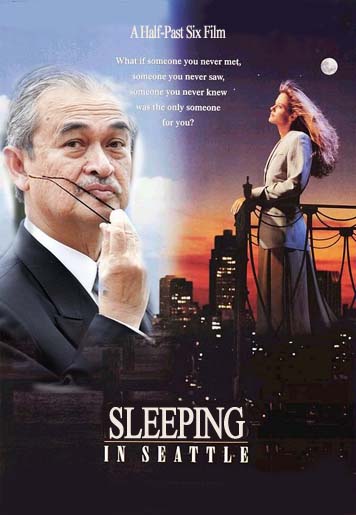Electricity mad Hong Kong
 By Uncle Cheng
By Uncle Cheng
Is air pollution shaping up to be the biggest threat to Hong Kong’s continued prosperity? I think so. On the Mainland the pollution problem is different because it includes contamination of drinking water and chemical poisoning of the earth. We in Hong Kong are in a sense lucky because our pollution is overwhelmingly a matter of air pollution.
Even better news for us is that a few simple steps will greatly reduce existing air pollution. Top of the list of things that the government must do is to scrap the present incentives which encourage our two electricity generating companies to overbuild and over-produce power. Secondly, we urgently need tough laws to enforce energy saving throughout society.
Up to now the two power generators have enjoyed an almost utopian existence. According to their agreements with the government they are allowed to earn an incredible 13.5 percent return on their investments in fixed assets. The result is that Hong Kong has an abundance of electricity but at too high a price. It is an insane arrangement which turns normal economic rules upside down.
When did you hear of CLP or Hongkong Electric encouraging the power-saving strategies that are common in other advanced economies? Never, because they can maximise their profits by massive overbuilding. CLP’s proposed multi-billion dollar natural gas terminal on Soko Island is a perfect example. It is unnecessary because gas can be piped from the Yacheng field on Hainan Island much more cheaply.
Our power companies are on a constant investment binge which results in an overproduction of electricity. They can get rid of some of the excess power by offering huge discounts to the biggest users while small users have to pay the full whack. CLP can also get rid of a fifth of its power by selling it to the Mainland.
Quite how the Government got itself into this mess has its origins in the old colonial days. The scheme of control is a massive intervention in what should be a free market. For example, in every other country I know of, electricity is priced according to the time of day. So power at night is cheaper than daytime power, which encourages people to switch on at night and switch off during the day. But not in Hong Kong because such pricing might reduce demand, and less demand would mean less opportunity to build more generating capacity and thus less profit (remember that tantalising 13.5 percent return on fixed assets).
Back to our horrible air pollution. Nobody denies that burning fossil fuels to make our electricity is a major contributor to our murky skies. Why does the government not do something about it?
I believe that the government is way behind public opinion on this issue, as it is on many environmental questions. There is a growing groundswell of opinion throughout society that demands the government must do whatever is necessary to roll back the clouds of pollution and reveal the hidden blue skies of yesteryear. Opening up electricity generation to the normal laws of supply and demand would be a promising first step.


















